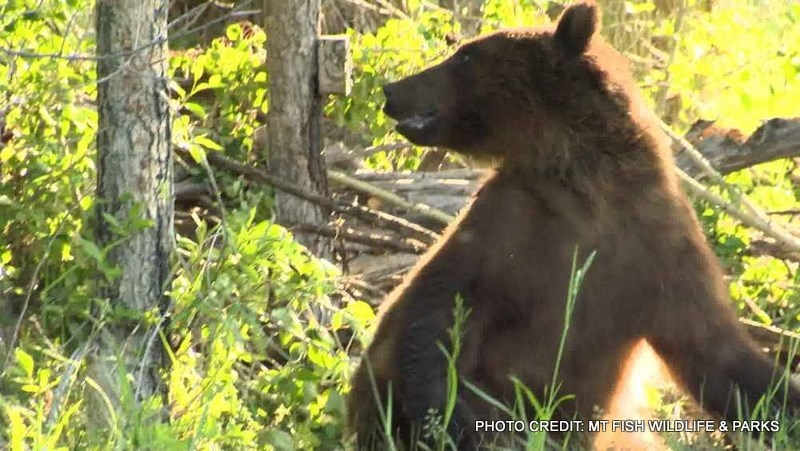Michigan CWD Causes Changes for Hunters in Lower Peninsula
By Glen Wunderlich
The push to minimize the spread of Chronic Wasting Disease (CWD) is under way. Much like a surgical process to remove suspected cancer, as stewards of our natural resources, we hunters are the “surgeons” of the woods.
“With the detection of CWD-positive deer in the southern part of Clinton County, we need to better understand the magnitude of the disease in those areas,” said Chad Stewart, Department of Natural Resources deer specialist. “Expanding our surveillance to include those areas is key at this point, and we need help from landowners and hunters within the expanded zone to help us with this effort.”
The Michigan Natural Resources Commission expanded the Core Chronic Wasting Disease (CWD) Area to include 17 townships. This area, which will continue to be referred to as Deer Management Unit (DMU) 333, now will consist of Lansing, Meridian, Williamstown, Delhi, Alaiedon and Wheatfield townships in Ingham County; DeWitt, Bath, Watertown, Eagle, Westphalia, Riley, Olive and Victor townships in Clinton County; Woodhull Township in Shiawassee County, and Oneida and Delta townships in Eaton County.
The CWD Management Zone also has expanded; it now will include the remainder of Clinton, Eaton, Ingham and Shiawassee counties, as well as all of Ionia County. The expanded Management Zone will be referred to as DMU 419.
Other regulation changes include:
- Banning deer feeding and baiting on all properties within the Core CWD Area and Management Zone.
- Opening Eaton and Ionia counties to the early antlerless deer season.
- Allowing roadkill deer in the Core CWD Area to be possessed and kept with a DNR-issued salvage tag from a law enforcement officer or DNR employee, as long as the head is submitted to a DNR biologist, biologist appointee or check station.
Continuing from last year, other regulation reminders include the following:
- Those hunting within the Core CWD Area are required to present the head of all hunter-harvested deer within 72 hours of harvest to a DNR deer check station.
- Hunters leaving the Core CWD Area are required to present the entire carcass of all hunter-harvested deer originating from the Core CWD Area within 72 hours of harvest to a DNR deer check station. (A list of deer check stations is available at gov/deercheck.)
- All live free-ranging deer from within the CWD Management Zone or Core CWD Area are prohibited from being rehabilitated. Permittees located within the CWD Management Zone or Core CWD Area may no longer rehabilitate deer.
CWD affects members of the deer family, including elk and moose. It is caused by the transmission of infectious, self-multiplying proteins (prions) contained in saliva and other body fluids of infected animals.
Since the May 2015 discovery of chronic wasting disease in a free-ranging, Michigan white-tailed deer, 5,631 deer have been tested for CWD in order to gauge the extent of the disease across the landscape. Of those tested, seven deer were confirmed positive for the disease in Clinton and Ingham counties.
In an effort to induce hunters to kill more does and to have them tested, the DNR is discounting antlerless deer license fees to $12 for a resident antlerless deer license and $12 for the first antlerless deer license purchased by non-residents, for deer management units in the Core Area and Management Zone. DMU 333 has unlimited antlerless licenses that may be purchased without application beginning Sept. 8 at 10 a.m.
Finally, a few words are in order to clarify how sharpshooters are involved in the CWD management process. Through June, 2016, deer tested through sharpshooting efforts contributed to 17 percent of the total sample (769 out of 4,558) in the CWD Management Zone but interestingly, have contributed to 66 percent of the total positives.
Additionally, sharpshooters are not shooting deer in the entire CWD Management Zone but are operating entirely within two miles of known CWD-positive deer but only with approval from landowners including how many deer the sharpshooters may take.
The process will be a long ride, but it appears we are on the right road.







